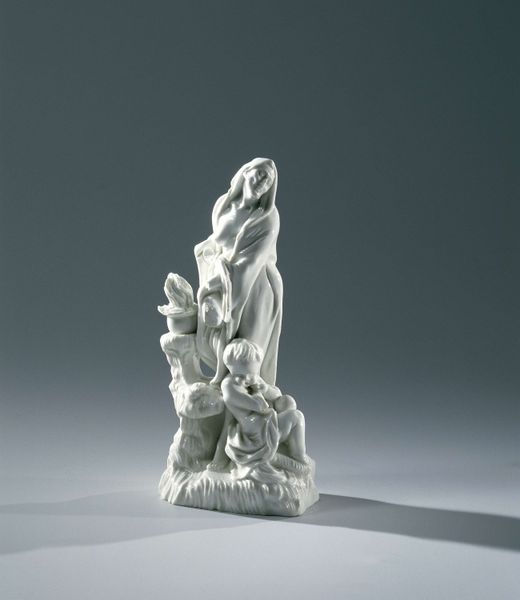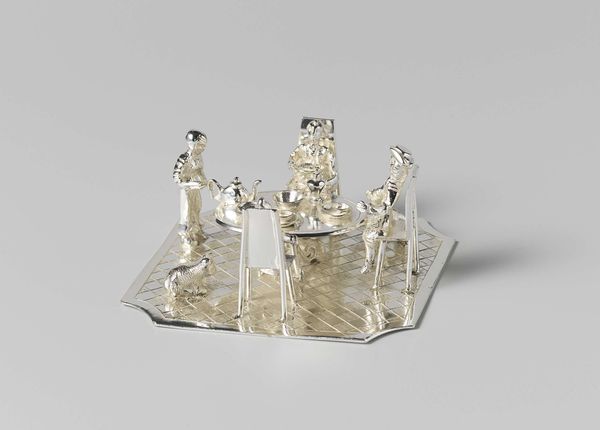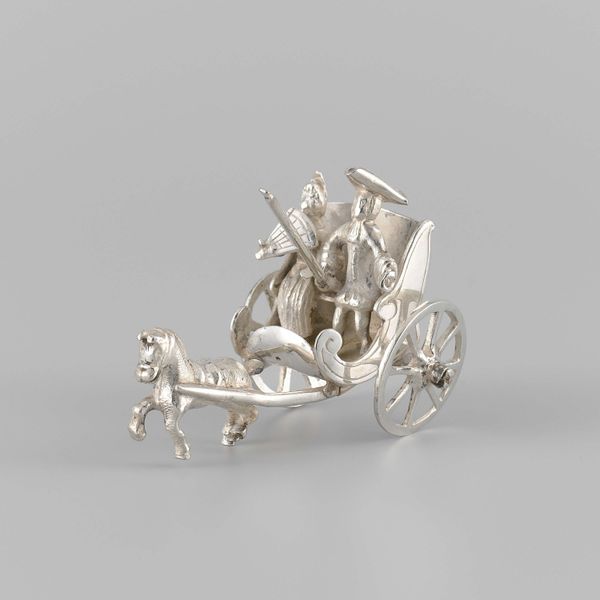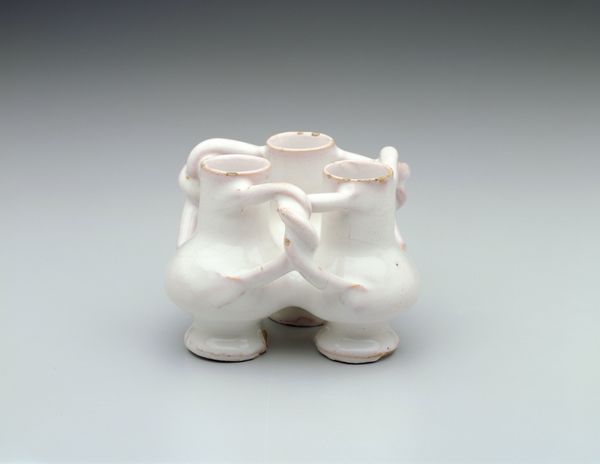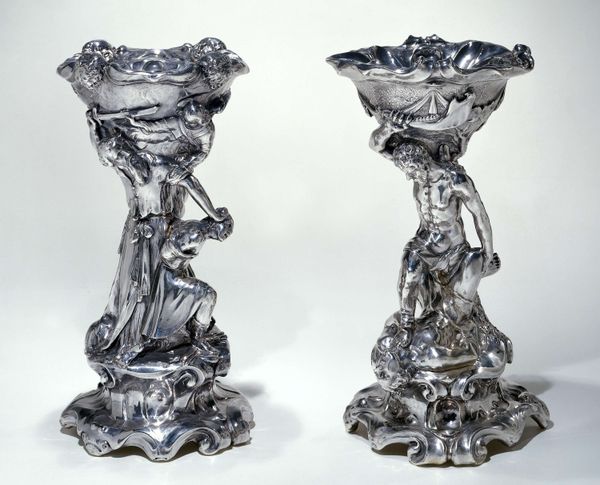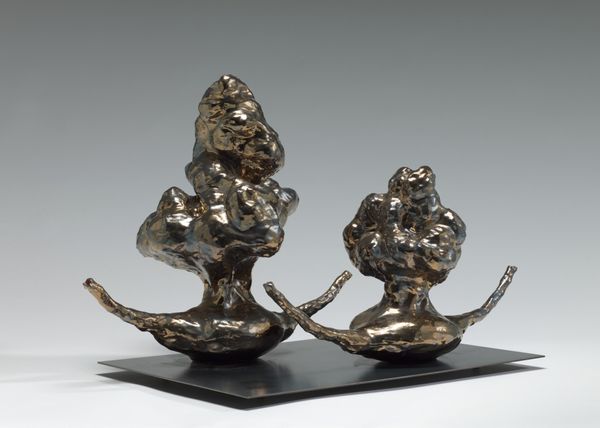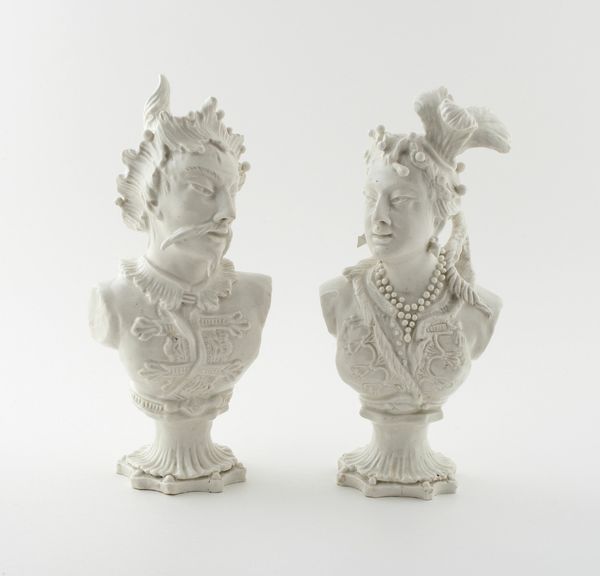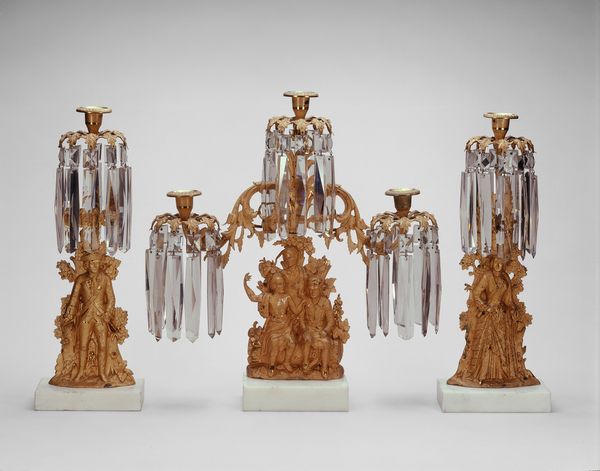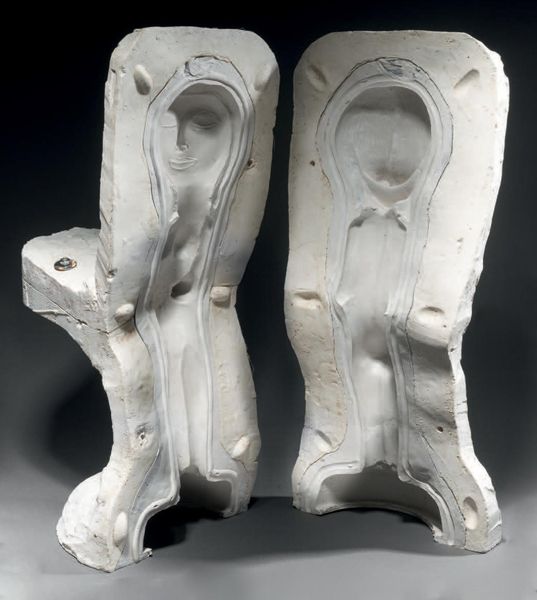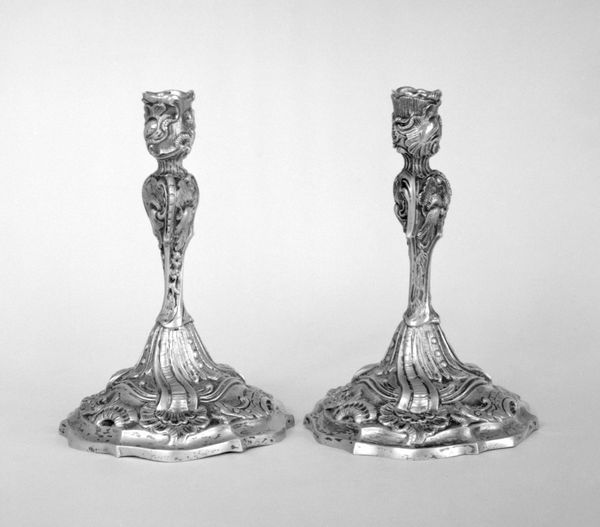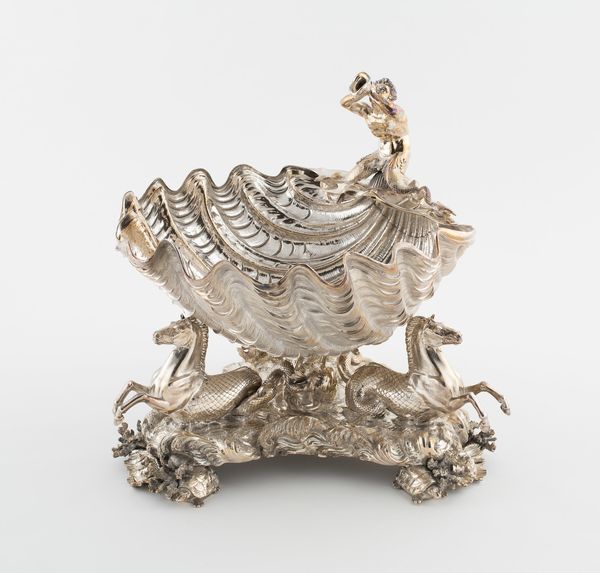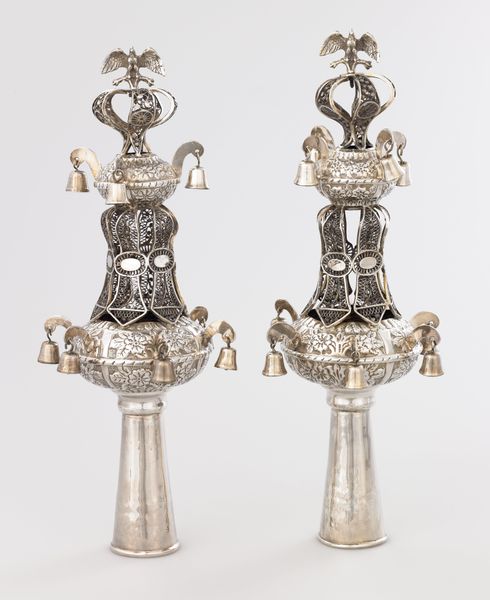
silver, metal, sculpture
#
silver
#
baroque
#
metal
#
sculpture
#
figuration
#
sculpture
Dimensions: height 27.0 cm, diameter 11.5 cm, diameter 11.5 cm, weight 409 gr
Copyright: Rijks Museum: Open Domain
These two silver salt-cellars with satyrs were crafted by Adam van Vianen I in the Netherlands. In the Dutch Golden Age, dining was an important social ritual and silver objects were employed to mark status. Satyrs were associated with wildness and untamed nature, referencing a world beyond the civil order. Van Vianen was a leading silversmith of his day, known for his innovative auricular style, moving away from the traditional, symmetrical designs of the Renaissance. The fluidity of the silver suggests a world in flux, mirroring the dynamism of Dutch society at the time. To understand these salt-cellars fully, we must delve into the social history of the Dutch Republic, exploring the relationship between commerce, art, and social status. Museum records and historical documents would give a deeper insight into the world in which van Vianen lived and worked. The meaning of art objects is always deeply rooted in their specific social and institutional contexts.
Comments
rijksmuseum about 2 years ago
⋮
Throughout the ages, salt was treated with respect: it was expensive and was ascribed curative properties. Salt-cellars were thus often ornate works of art fashioned from costly materials. These salts have a basic triangular shape. Each corner consists of a satyr or faun, a mythological creature with a human body and the legs, ears and horns of a goat.
Join the conversation
Join millions of artists and users on Artera today and experience the ultimate creative platform.
